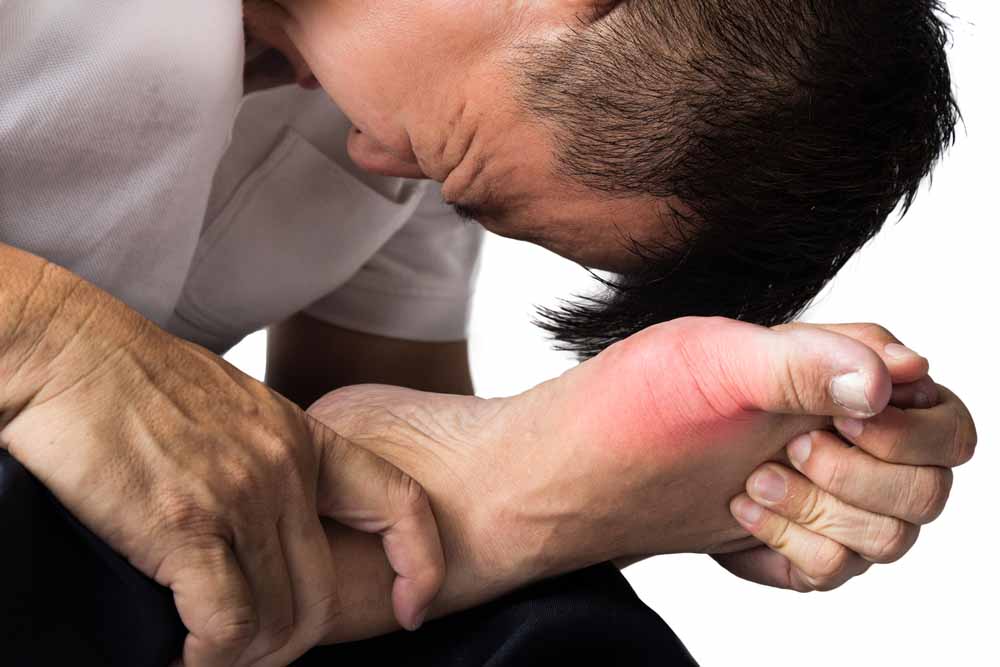For many years, gout was regarded as a disease of the affluence because most patients with gout were kings and members of the imperial family. However, in our times the industry of food has made gout more prevalent in our population. This disease is caused by an increase in the blood levels of uric acid. It is a type of inflammatory arthritis caused by the formation of uric acid crystals in the articulation. These crystals cause painful gout attacks experienced as episodic flare-ups in patients, while others may have asymptomatic hyperuricemia. However, if you have a high level of uric acid and have not experienced joint pain, keep in mind asymptomatic hyperuricemia does not mean you will never experience gout. Instead, it is usually a period prior to the first attack, in which the gout crystals start to build up. Therefore, it is essential to make any adjustment and appropriate lifestyle changes if your uric acid levels are higher than average to make sure we don’t experience this painful disease. In this article, you will find a thorough list of signs and symptoms that may indicate you have gout, and others indicating that gout is probably causing additional complications:
Joint pain

The main symptom associated with gout is joint pain, which usually appears in flare-ups and will last for a few hours or days. It may last 10 hours or 10 days, but usually, it will be no more than that. The type of pain associated with gout is described as excruciating pain, and it definitely interferes with daily activities. These attacks are followed by an asymptomatic period of time before another flare-up strikes once again. The most commonly affected joint is the joint of your big toe, but the symptoms may appear in other areas of the feet, your ankles, fingers, heels, elbows, and a few others. It is important to note that sometimes patients would experience these symptoms without having an increased level of uric acid in the blood.

